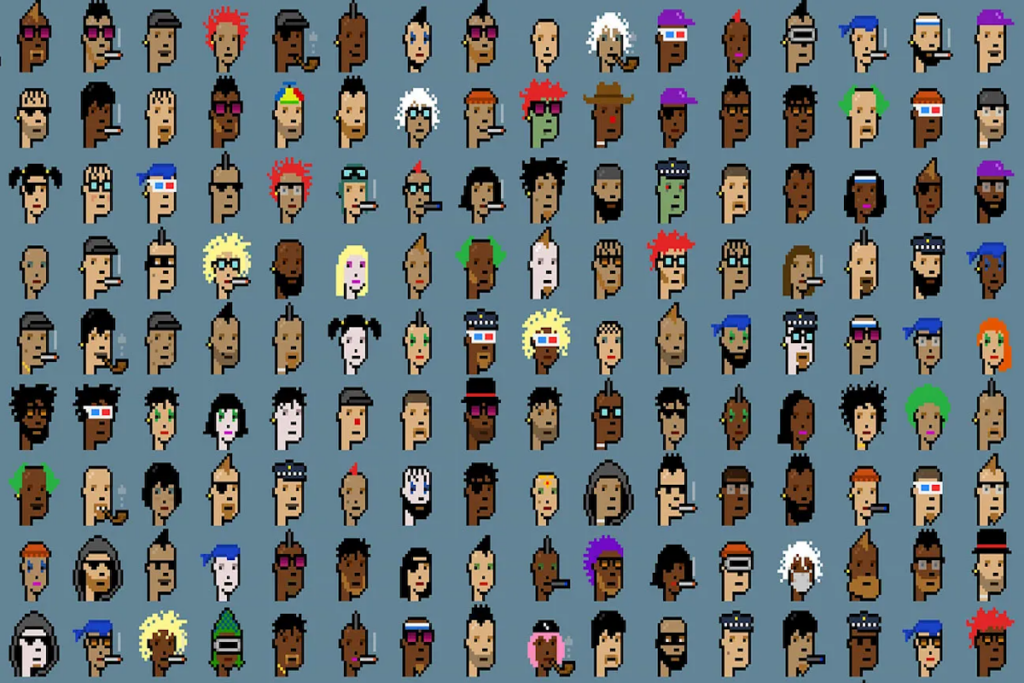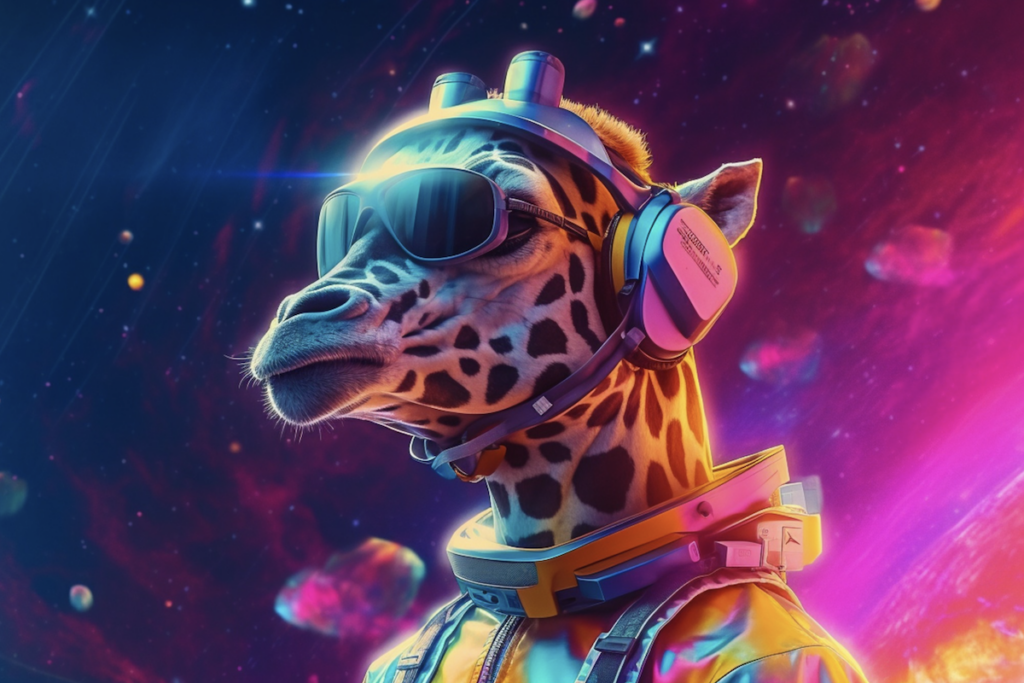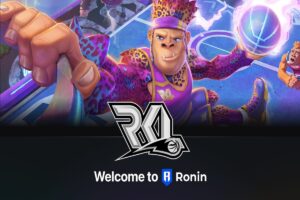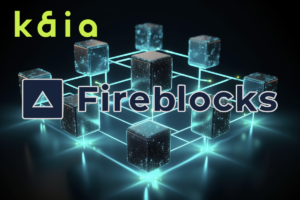In the ever-changing world of art, new ideas have always been a way to grow and learn. Non-Fungible Tokens (NFTs) have changed the art world by giving artists, fans, and teachers chances they’ve never had before. By combining NFTs and art education, we make it possible for digital artists to be more creative and work together more. This piece goes in-depth on the topic and gives you detailed information, expert views, and real-world cases to help you understand NFTs and Art Education: Unleashing Creativity and Collaboration in the Digital Art World.
NFTs and Art Education: Freeing Creativity and Collaboration in the Digital Art World
Digital art and learning come together in a strong way in NFTs and Art Education: Unleashing Creativity and Collaboration in the Digital Art World. This coming together has a huge chance of changing how art is made, admired, and shared. By using the unique qualities of NFTs and putting them to use in art education, we can give artists and students the tools they need to explore new areas, push against standard limits, and work together in new ways.
In the modern world, the process of learning has become more convenient and engaging, thanks to the abundance of educational platforms that offer free resources for students. These platforms, such as WritingBros, provide a wide range of valuable materials to support students’ educational journey. One of the notable features of WritingBros is its vast collection of essay examples on various topics. Students can access these free essay materials to gain inspiration, enhance their writing skills, and deepen their understanding of different subjects. Whether one needs guidance on crafting a persuasive argument or exploring complex concepts, the essay examples at studymoose serve as valuable resources that can inform and inspire students’ own academic pursuits. By making such resources readily available, WritingBros and similar platforms contribute to making learning more accessible, convenient, and interesting for students worldwide.
How NFTs have grown and changed the art world
NFTs have become a big deal in the art world because they give artists and buyers new ways to make money. With their ability to tokenize and verify digital assets, NFTs offer a safe and clear way to buy, sell, and trade digital art. This technology has made it easier for artists to make money directly from their work, cutting out the middlemen and giving them more control over their work.
NFTs as Tools for Teaching: Making Art Education Better
NFTs have a lot of benefits for learners of all ages when they are used in art education. By using NFT technology, art teachers can add engaging and realistic experiences to their lessons. Students can look at collections of digital art, learn about the artists who made it, and even make and sell their own NFTs. This hands-on method builds not only artistic skills but also critical thought, a business spirit, and a better understanding of the art market.
Collaboration in the world of digital art: Pushing the Limits
Artists from all over the world are now able to meet and work together in ways that were impossible before. NFTs act as a bridge that makes it easier for ideas, skills, and cultural impacts to be shared. Artists can work together on projects, make NFT collections together, and take part in art groups that don’t have a single leader. This joint atmosphere supports new ideas and the growth of global art groups that aren’t limited by geography.
Putting artists in charge: Changing how ownership and royalties work
NFTs change the way people in the art world think about rights. By “tokenizing” digital works of art, artists can prove title and prove that their works are unique and limited. Through smart contracts, artists can also add income to their NFTs, making sure they get a cut of any sales that come after. This shift in thinking gives artists more power by giving them a steady source of income and long-term respect for their work.
Exploring New Frontiers in NFT Marketplaces
NFT markets have become busy places where digital art can be bought and sold. These platforms give artists access to a global audience like no other, giving them rich chances for their work to reach buyers and fans all over the world. OpenSea, SuperRare, and Rarible are all popular NFT markets, and each has its own group and set of tools. Artists can show off their NFTs, talk to buyers, and join sales and projects with other artists.
Using NFTs and sustainability to address environmental concerns
As NFTs become more and more common, their effects on the world are getting more and more attention. NFTs are built on blockchain technology, which is based on methods that use a lot of energy. But new ideas are being looked at to find ways to ease these worries. Some sites are switching to blockchains that are better for the environment, while others are working on projects to offset the amount of carbon they use. It is important for the business to deal with these issues and try to find ways to do things in a healthy way.
Beyond visual art, NFTs can be found in music, literature, and more
NFTs are most often linked with visual art, but they can be used for much more than that. Musicians can tokenize records or single tracks, writers can make NFTs for digital books or exclusive material, and NFTs can even be used to trade virtual real estate. Because NFTs are so flexible, artists from different fields can try out new ways to be creative, work together, and make money.
NFTs and Giving: Giving Social Causes More Power
NFTs have also been used to help with charitable causes. Artists can make limited-edition NFTs and give some or all of the money they make from them to charities. When art and social influence come together in this way, they create a unique connection that allows artists to help causes they care about while also getting their audience involved in a useful way. NFTs become ways to bring about social change by bringing attention to and money for important projects.
Interactive Learning Through NFTs in Education
When NFTs are used in schools, kids have a more interesting and interactive learning experience. Teachers can put together NFT sets that go with their lessons and encourage students to learn more about art history, cultural traditions, and modern art trends. Students can look at digital artworks, study and evaluate them, take part in virtual shows, and even make their own NFT galleries. These hands-on learning experiences spark interest and help people develop a deep love for the arts.
Case Study: Non-Fiction Texts in Art Programs in College
Several colleges and universities have seen how important it is to include NFTs in their art programs. Students at these schools can learn about NFT technology, try out making digital art, and find their way around the world of blockchain and cryptocurrencies. By giving students the information and skills they need to succeed in the world of digital art, these schools bridge the gap between traditional art education and the fast changing world of technology.
Accessibility and inclusion: How to bridge the digital divide
Even though the digital art world has a lot to give, it is important to fix the digital gap so that everyone can be a part of it and have access to it. Educational institutions and groups should work hard to give students from different situations access to the technology, tools, and guidance they need. We can make a more lively and fair digital art community by removing obstacles and encouraging everyone to join.
Protecting Intellectual Property Through NFTs and Copyright
Copyright security is important because digital art is becoming more popular and it is easy to make copies of it. NFTs can help artists protect their works and defend their intellectual property rights. Through NFTs’ unique ownership proof and tracking, artists can prove that their digital artworks are real and that they made them. This gives sellers and fans more trust, creating a safe place to buy and sell digital art.
Using both traditional and digital art techniques together
When NFTs are used in art education, they don’t replace standard art methods; instead, they add to them. When you use digital tools and technologies along with traditional methods, you can create and learn about art in a more complete way. Artists can move easily between the real world and the digital world to explore the unique prospects of each. This combination encourages a wide range of artistic practices that can adapt to the changing art world.
Finding new ways for artists to make money
Artists used to make most of their money from sales through shops, shows, and license deals. This standard model is changed by NFTs, which give artists direct access to global markets and let them sell their digital works on their own. Artists can use NFTs to sell digital editions, release limited editions, or even give members access to exclusive material in exchange for a membership fee. This variety of ways to make money helps artists keep doing what they love and open up new doors.
Beyond Art: NFTs and Digital Collectibles
NFTs have taken the idea of “digital collectibles” to a whole new level. In the NFT world, collectibles like virtual trade cards, in-game things, and virtual fashion have gained a lot of attention. Artists and other makers can take advantage of this new market by making unique, valuable digital items. Fans can connect with their favorite artists and brands in a new way through these souvenirs, and they also help the digital art environment as a whole.
Looking at how Virtual Reality and NFTs fit together
Virtual reality (VR) and NFTs are coming together to make experiences that are realistic and dynamic. Artists can make NFTs that give VR settings access to virtual art shows, exhibits, or experiences. This mix of tools pushes the limits of how people usually experience art, giving them new ways to interact with it. When VR and NFTs come together, there is a lot of room for teamwork, organizing, and making art more accessible to everyone.
After a pandemic, NFTs and Art Education
The COVID-19 outbreak has made it easier for people to use digital tools and learn from a distance. NFTs and art education can be very important in the time after a pandemic because they give people ways to show their creativity and connect in a digitally linked world. As schools move toward mixed or fully remote models, NFTs give students chances to work on art, interact with their peers, and show off their work in virtual places.
NFTs and Art Education: Unleashing Creativity and Collaboration in the Digital Art World can change how we make, enjoy, and learn about art. By using NFT technology, teachers, artists, and students can open up new ways to be creative, work together, and come up with new ideas. When NFTs and art education come together, it gives artists more power, helps them learn how to think critically, and builds a global community of makers. As we make our way through the constantly changing world of digital art, let’s take advantage of the chances that NFTs give us to create a bright and open future for art education.
Author
-

The views and opinions expressed in this guest post are solely those of the author, and do not necessarily reflect the official policy or position of NFT News Today.




